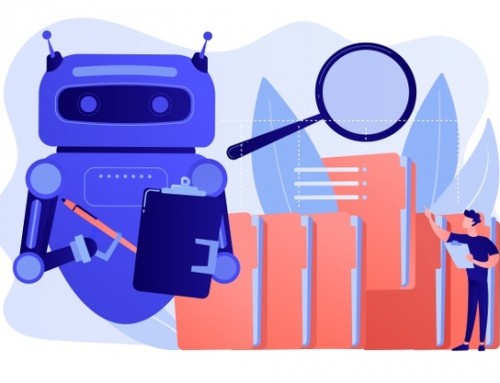Everyone knows that automation takes productivity to the next level. It’s also apparent there are plenty of options of automation technology available. What is not so obvious is identifying which technology to use to get the maximum benefit from automation, especially for knowledge workers.
-
Process automation
When Henry Ford introduced the assembly line in 1913, he defined the car manufacturing process as a sequence of specific tasks. The automation helped move the process forward at a consistent pace. Today, processes move forward in the modern office environment, with the driver being preset workflows within business solutions (ERP, CRM, HRMS, and others) and workflow automation systems instead of a conveyor belt.
-
Automation for the knowledge worker





